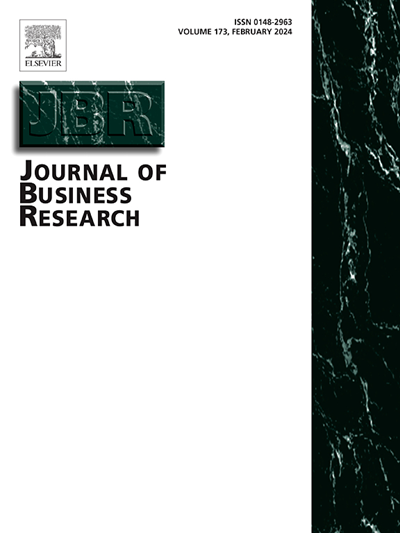医疗保健创新:系统文献综述
IF 9.8
1区 管理学
Q1 BUSINESS
引用次数: 0
摘要
当代环境要求创新,使最终用户能够获得高质量的医疗保健,并具有成本效益,同时保持护理提供者在经济上可行。为了了解医疗创新如何解决质量和成本的双重挑战,我们从管理的角度回顾了现有的证据。通过将医疗保健创新分为三类——以消费者为中心、商业模式和技术——我们通过基于协议-搜索-评估-综合-分析-报告(PSALSAR)框架的文献计量学和内容分析技术来检查文献。我们的研究结果表明,以价值共同创造为关键驱动因素,所有三种类型的创新都有利于患者和医疗保健提供者。以消费者为中心的创新通过结合患者的观点来提高护理质量,而商业模式创新则解决了患者满意度和医疗服务的经济可行性。技术创新也旨在改善患者的治疗效果,降低运营成本。本研究通过将这些见解综合到医疗保健创新的综合框架中,可能为未来的解决方案提供路线图,以改变医疗保健服务。本文章由计算机程序翻译,如有差异,请以英文原文为准。
Innovations in Healthcare: A systematic literature review
The contemporary landscape demands innovations that make quality healthcare accessible and cost-effective for end-users while remaining economically viable for care providers. To understand how healthcare innovations address this dual challenge of quality and cost, we review the available evidence from a management perspective. By classifying healthcare innovations into three categories—consumer-focused, business model, and technological—we examine the literature via bibliometric and content analysis techniques based on protocol-search-appraisal-synthesis-analysis-report (PSALSAR) framework. Our findings indicate that with value co-creation as a key driver, all three types of innovations benefit both patients and healthcare providers. Consumer-focused innovations enhance care quality by incorporating patients’ perspectives, while business-model innovations address both patient satisfaction and the economic viability of care delivery. Technological innovations, too, target improved patient outcomes and reduced operational costs. This study contributes by synthesizing these insights into an integrated framework of healthcare innovations, potentially offering a roadmap for future solutions to transform healthcare delivery.
求助全文
通过发布文献求助,成功后即可免费获取论文全文。
去求助
来源期刊

Journal of Business Research
BUSINESS-
CiteScore
20.30
自引率
10.60%
发文量
956
期刊介绍:
The Journal of Business Research aims to publish research that is rigorous, relevant, and potentially impactful. It examines a wide variety of business decision contexts, processes, and activities, developing insights that are meaningful for theory, practice, and/or society at large. The research is intended to generate meaningful debates in academia and practice, that are thought provoking and have the potential to make a difference to conceptual thinking and/or practice. The Journal is published for a broad range of stakeholders, including scholars, researchers, executives, and policy makers. It aids the application of its research to practical situations and theoretical findings to the reality of the business world as well as to society. The Journal is abstracted and indexed in several databases, including Social Sciences Citation Index, ANBAR, Current Contents, Management Contents, Management Literature in Brief, PsycINFO, Information Service, RePEc, Academic Journal Guide, ABI/Inform, INSPEC, etc.
 求助内容:
求助内容: 应助结果提醒方式:
应助结果提醒方式:


